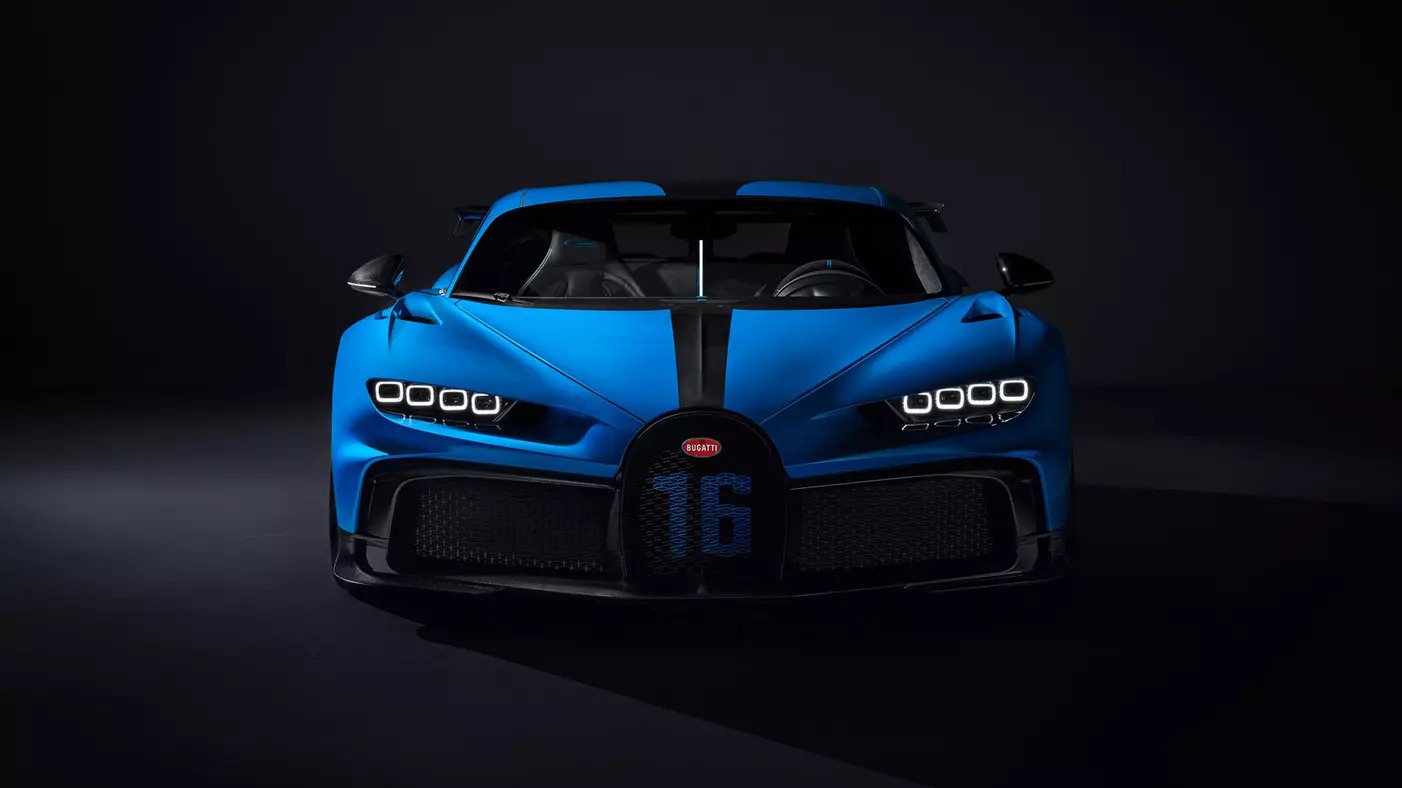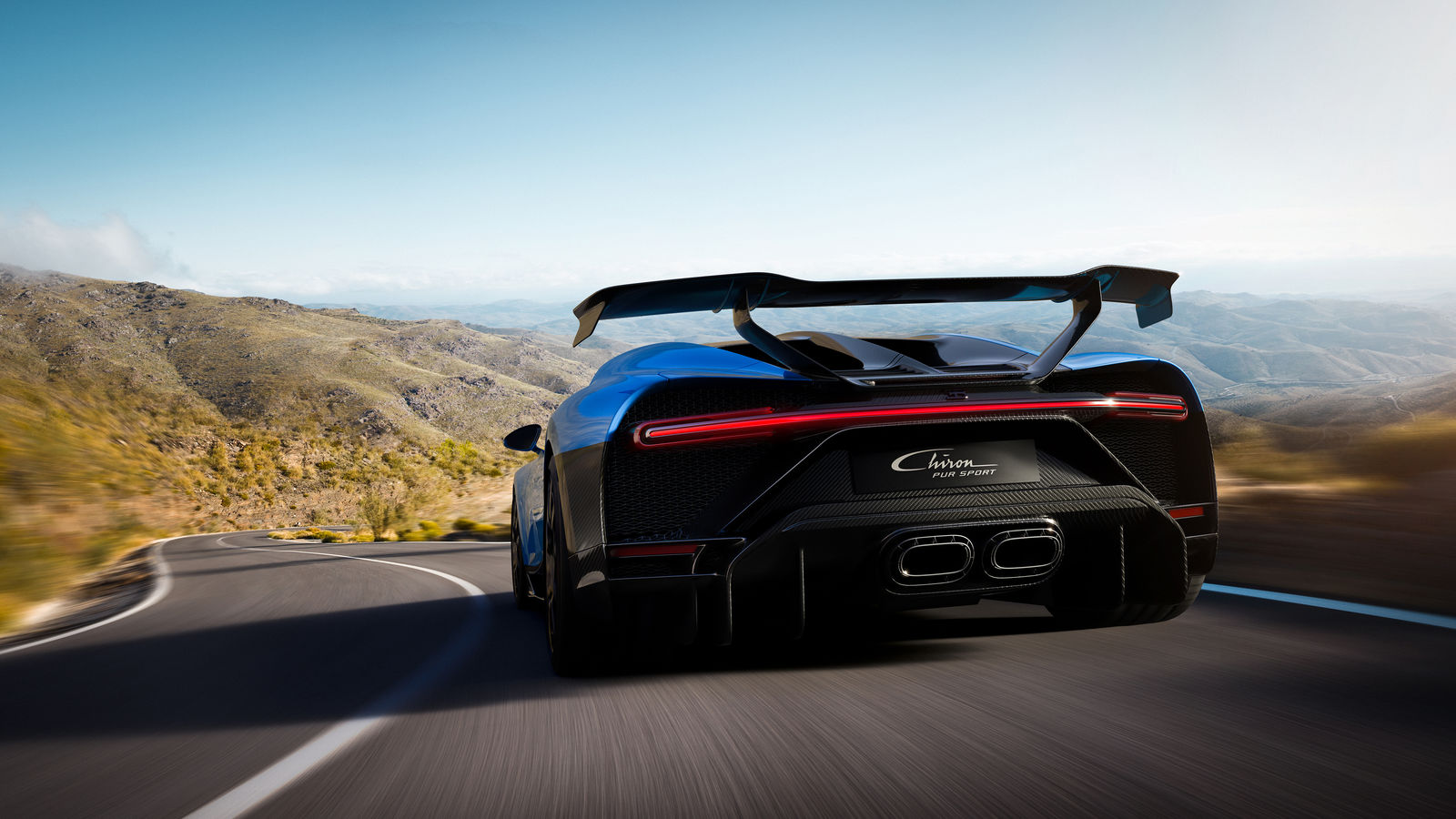Additive manufacturing consultancy and Scalmalloy producer APWORKS has announced it has 3D printed a titanium part for the latest Bugatti Chiron, the Chiron Pur Sport. The part in question, an exhaust tailpipe, was 3D printed in titanium to make it more lightweight and temperature resistant.
The designers leveraged the capabilities of additive manufacturing to produce the exhaust tailpipe with very thin walls, thus saving additional weight in the process. Stephan Winkelmann, President of Bugatti, explains: “By cutting the weight by 50 kilogrammes while simultaneously boosting the downforce and configuring an uncompromising, sporty chassis as well as suspension setup, the Chiron Pur Sport boasts incredible grip, sensational acceleration and extraordinarily accurate handling.”
“It’s the most uncompromising yet agile Bugatti of recent times.”

APWORKS and Scalmalloy
Originally an Airbus Group spin-off, APWORKS was founded in 2013, and is based at the Ludwig Bölkow Campus in Taufkirchen, near Munich. In April 2018, Airbus went through a restructuring, and APWORKS became a wholly owned subsidiary of its Premium AEROTEC division.
APWORKS specializes in developing complex applications for metal additive manufacturing, and is responsible for creating the world’s first metal 3D printed electric motorcycle, the Light Rider. The company’s activities cover the full metal additive manufacturing ecosystem, from component optimization and powdered materials to qualified serial production.
APWORKS is also the developer of Scalmalloy, an aluminum magnesium-scandium alloy (AlMgSc). It is a high-strength material, comparable in strength to titanium, and designed for use with powder-bed SLM additive manufacturing systems.
APWORKS partnership with Bugatti
Bugatti’s new $3.3 million vehicle, the Chiron Pur Sport, has been designed with an emphasis on cornering rather than top speed. By 3D printing the exhaust tailpipe of the Chiron Pur Sport, APWORKS has helped the French automotive firm save weight in the construction of the vehicle. The tailpipe’s low mass forms a critical part of the Chiron Pur Sport’s rear design, which leverages a new aerodynamic configuration that generates more downforce while the lower weight increases agility and dynamic cornering. Additionally, producing the exhaust tailpipe in titanium helped to optimize the part for high temperature resistance, thanks to the properties of the material.
“We focused particularly on the agility of the Chiron Pur Sport. The vehicle generates more downforce at the rear axle while the large, front splitter, air inlets, wheel-arch vents featuring optimized air outlets and a reduced vehicle height strike a clean balance at the front” comments Frank Heyl, Head of Exterior Design and Deputy Head Designer at Bugatti.

Previously, APWORKS worked with Bugatti to 3D print exhaust finishers for the record-breaking Chiron derivative in late 2019. Also made from titanium, the exhaust finishers are part of the modified longer tail section, designed to push the exhaust emissions further from the rear end of the car in order to reduce turbulence and improve steering behavior at high speeds.
The nominations for the 2020 3D Printing Industry Awards are now open. Who do you think should make the shortlists for this year’s show? Have your say now.
Subscribe to the 3D Printing Industry newsletter for the latest news in additive manufacturing. You can also stay connected by following us on Twitter and liking us on Facebook.
Looking for a career in additive manufacturing? Visit 3D Printing Jobs for a selection of roles in the industry.
Featured image shows the lightweight and temperature-resistant 3D printed exhaust tailpipe produced by APWORKS. Photo via Bugatti.
